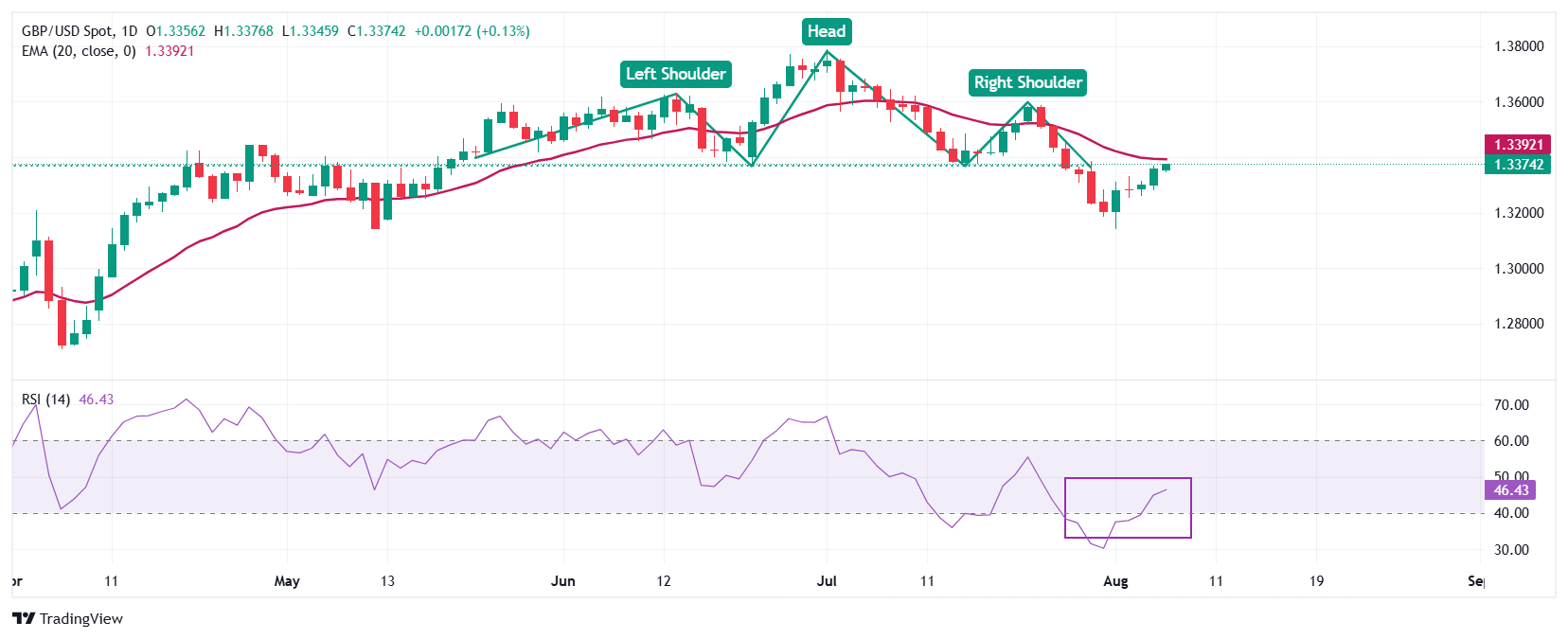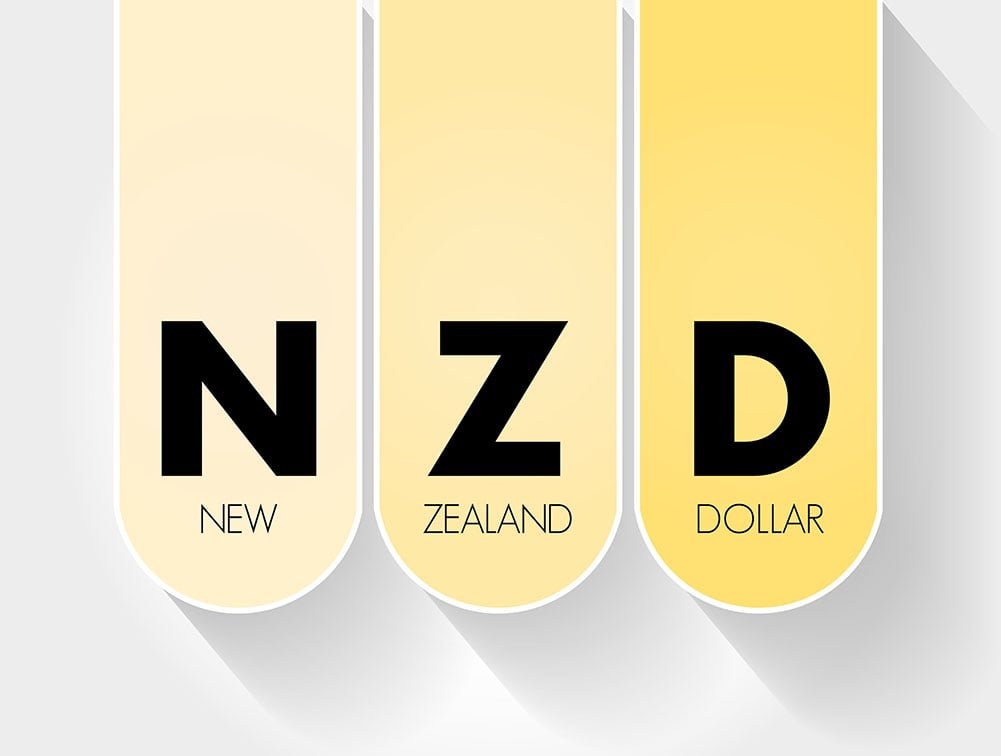- The Pound Sterling trades calmly ahead of the BoE’s monetary policy decision at 11:00 GMT.
- Economists expect the BoE to cut interest rates by 25 basis points to 4%.
- More Fed officials support interest rate cuts this year amid growing labor market concerns.
The Pound Sterling (GBP) trades broadly stable against its major peers on Thursday, with investors awaiting the Bank of England’s (BoE) interest rate decision at 11:00 GMT. Traders are almost fully pricing in that the BoE will reduce interest rates by 25 basis points (bps) to 4%, with a 7-2 majority. This would be the fifth interest rate cut by the BoE since August 2024, when it started the monetary-expansion cycle.
Cooling labor market conditions, as business owners are cutting the labor force to offset the impact of an increase in employers’ contribution to social security schemes, appear to be the key reason behind traders’ firm dovish bets. In the last Autumn Statement, Chancellor of the Exchequer Rachel Reeves announced an increase in employers’ contribution to National Insurance (NI) to 15%.
Investors will pay close attention to the monetary policy statement and BoE Governor Andrew Bailey’s press conference to know whether the United Kingdom (UK) central bank will continue to maintain a “gradual and careful” monetary easing guidance.
Economists at Pantheon Macroeconomics said last week that a “one-and-done cut next week looks likely” as UK inflation is expected to hold above the BoE’s target of 2% through 2026 and 2027.
Price pressures have remained elevated in the UK economy due to higher energy and food prices, and are expected to escalate further as the Labour Party has announced an increase in the welfare spending bill. The adjustment in the welfare bill is expected to infuse £5.5 billion into the economy by 2029-30, according to data from the UK Institute for Fiscal Studies (IFS).
Daily digest market movers: Pound Sterling gains against US Dollar
- The Pound Sterling advances to near 1.3380 against the US Dollar (USD) during the European trading session on Thursday. The GBP/USD pair strengthens as the US Dollar demonstrates weakness following dovish interest rate guidance from a string of Federal Reserve (Fed) officials.
- At the time of writing, the US Dollar Index (DXY), which tracks the Greenback’s value against six major currencies, holds onto Wednesday’s losses around 98.20.
- On Wednesday, Minneapolis Fed President Neel Kashkari, San Francisco Fed President Mary Daly, and Fed Governor Lisa Cook argued in favor of reducing interest rates, citing concerns over the labor market and the economy.
- “The economy is slowing and the Fed needs to respond to the slowing economy,” Kashkari said in an interview with CNBC. “It may still be relevant in the near term to begin adjusting the policy rate, and two rate cuts this year still seem appropriate,” Kashkari added. When asked about whether interest rate cuts are appropriate at a time when the impact of tariffs has started flowing into the economy, Kashkari said: “If inflation does rise because of tariffs, the Fed could pause or even hike; meanwhile, the data on slowing is clear.”
- Fed officials have become worried about labor market conditions since the release of the United States (US) Nonfarm Payrolls (NFP) report for July, which showed employment numbers missed estimates by a wide margin, and figures for May and June were downwardly revised drastically.
- According to the CME FedWatch tool, traders have almost fully priced in a 25 basis points (bps) interest rate reduction in September, which would push borrowing rates lower to 4.00%-4.25%.
- On the global front, sectoral tariff fears have resurfaced as US President Trump has announced a 100% additional duty on all imports of semiconductors.
Technical Analysis: Pound Sterling extends winning streak

The Pound Sterling extends its winning streak and jumps to near 1.3380 against the US Dollar on Thursday. The GBP/USD pair rises near the breakdown zone of the Head and Shoulders (H&S) chart pattern, which is around 1.3376. The Cable has aims to revisit the 20-day Exponential Moving Average (EMA), which trades around 1.3390.
The 14-day Relative Strength Index (RSI) returns to the 40.00-60.00 region from the 20.00-40.00 range, suggesting that the bearish momentum has come to an end for now. However, the bearish bias is still intact.
Looking down, the May 12 low of 1.3140 will act as a key support zone. On the upside, the July 23 high near 1.3585 will act as a key barrier.
Pound Sterling FAQs
The Pound Sterling (GBP) is the oldest currency in the world (886 AD) and the official currency of the United Kingdom. It is the fourth most traded unit for foreign exchange (FX) in the world, accounting for 12% of all transactions, averaging $630 billion a day, according to 2022 data.
Its key trading pairs are GBP/USD, also known as ‘Cable’, which accounts for 11% of FX, GBP/JPY, or the ‘Dragon’ as it is known by traders (3%), and EUR/GBP (2%). The Pound Sterling is issued by the Bank of England (BoE).
The single most important factor influencing the value of the Pound Sterling is monetary policy decided by the Bank of England. The BoE bases its decisions on whether it has achieved its primary goal of “price stability” – a steady inflation rate of around 2%. Its primary tool for achieving this is the adjustment of interest rates.
When inflation is too high, the BoE will try to rein it in by raising interest rates, making it more expensive for people and businesses to access credit. This is generally positive for GBP, as higher interest rates make the UK a more attractive place for global investors to park their money.
When inflation falls too low it is a sign economic growth is slowing. In this scenario, the BoE will consider lowering interest rates to cheapen credit so businesses will borrow more to invest in growth-generating projects.
Data releases gauge the health of the economy and can impact the value of the Pound Sterling. Indicators such as GDP, Manufacturing and Services PMIs, and employment can all influence the direction of the GBP.
A strong economy is good for Sterling. Not only does it attract more foreign investment but it may encourage the BoE to put up interest rates, which will directly strengthen GBP. Otherwise, if economic data is weak, the Pound Sterling is likely to fall.
Another significant data release for the Pound Sterling is the Trade Balance. This indicator measures the difference between what a country earns from its exports and what it spends on imports over a given period.
If a country produces highly sought-after exports, its currency will benefit purely from the extra demand created from foreign buyers seeking to purchase these goods. Therefore, a positive net Trade Balance strengthens a currency and vice versa for a negative balance.







